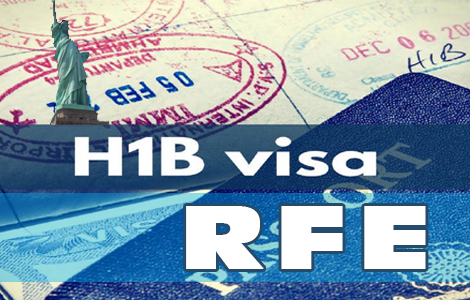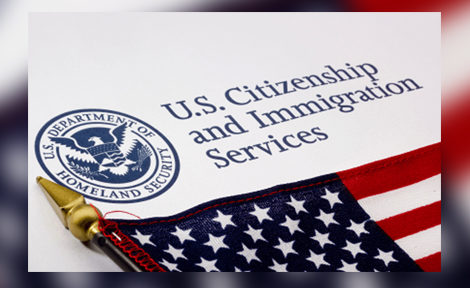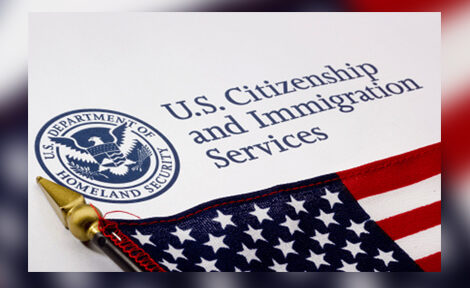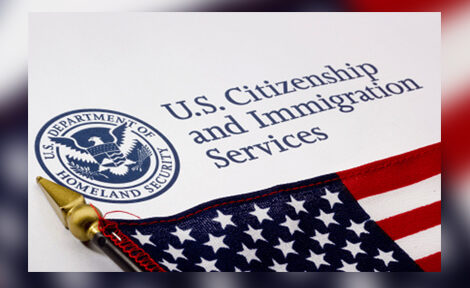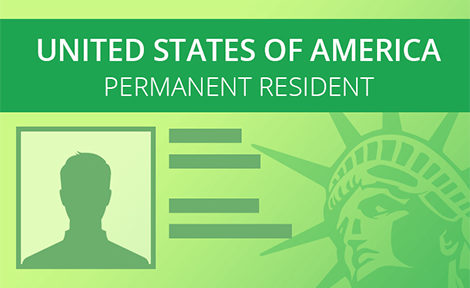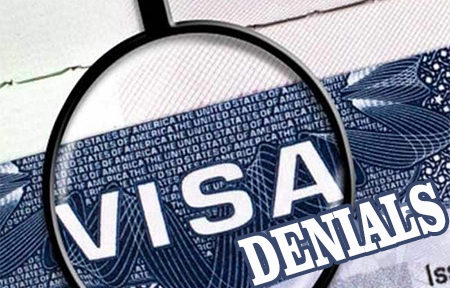Understanding Requests for Evidence (RFEs):
A Breakdown of Why RFEs Were Issued for H-1B Petitions in Fiscal Year 2018
Introduction
Under 8 CFR 103.2, if all required initial evidence is not submitted with the benefit request or does not demonstrate eligibility, USCIS in its discretion may deny the benefit request for lack of initial evidence or for ineligibility or request that the missing initial evidence be submitted within a specified period of time as determined by USCIS. A request for evidence or notice of intent to deny will be communicated by regular or electronic mail and will specify the type of evidence required, and whether initial evidence or additional evidence is required, or the basis for the proposed denial sufficient to give the applicant or petitioner adequate notice and sufficient information to respond. A request for evidence will indicate the deadline for response, but will not exceed twelve weeks.
Top Reasons for an RFE
There are a number of reasons why USCIS may issue an RFE. Below is a list of the top reasons, in order from most to least common, that RFEs were issued in fiscal year (FY) 2018 for H-1B petitions.
#
Reason
Description of Reason
1.
Specialty Occupation
The petitioner did not establish that the position qualifies as a specialty occupation as defined in section 214(i)(1) of the Act and 8 CFR 214.2(h)(4)(ii) and/or that it meets at least one of the four criteria in 8 CFR 214.2(h)(4)(iii).
2.
Employer-Employee Relationship
The petitioner did not establish that they had a valid employer-employee relationship with the beneficiary, by having the right to control the beneficiary’s work, which may include the ability to hire, fire, or supervise the beneficiary, for the duration of the requested validity period.
3.
Availability of Work (Off-site)
The petitioner did not establish that they have specific and non-speculative qualifying assignments in a specialty occupation for the beneficiary for the
entire time requested in the petition.
4.
Beneficiary Qualifications
The petitioner did not establish that the beneficiary was qualified to perform services in a specialty occupation per 8 CFR 214.2(h)(4)(iii)(C).
5.
Maintenance of Status
The petitioner did not establish that the beneficiary properly maintained their current status. This category is reflective of many different reasons that status may not have been maintained.
6.
Availability of Work (In-house)
The petitioner did not establish that they have specific and non-speculative qualifying assignments in a specialty occupation for the beneficiary for the entire time requested in the petition.
7.
LCA Corresponds to Petition
The petitioner did not establish that they obtained a properly certified Labor Condition Application (LCA) and that this LCA properly corresponds to the proffered position and terms of the petition.
8.
AC21 and Six Year Limit
The petitioner did not establish that the beneficiary was eligible for AC21 benefits or was otherwise eligible for an H-1B extension as it appeared that H-1B had hit the six-year limit.
9.
Itinerary
The petitioner did not meet the itinerary requirement at 8 CFR 214.2(h)(2)(i)(B), which requires petitioners to submit an itinerary with a petition that requires services to be performed in more than one location. The itinerary must include the dates and locations of services to be provided.
10.
Fees
The petitioner did not establish that they paid all required H-1B filing fees.
Source:
https://www.uscis.gov/sites/default/files/USCIS/Resources/Reports%20and%20Studies/Immigration%20Forms%20Data/BAHA/understanding-requests-for-evidence-h-1b-petitions-in-fiscal-year-2018.pdf

